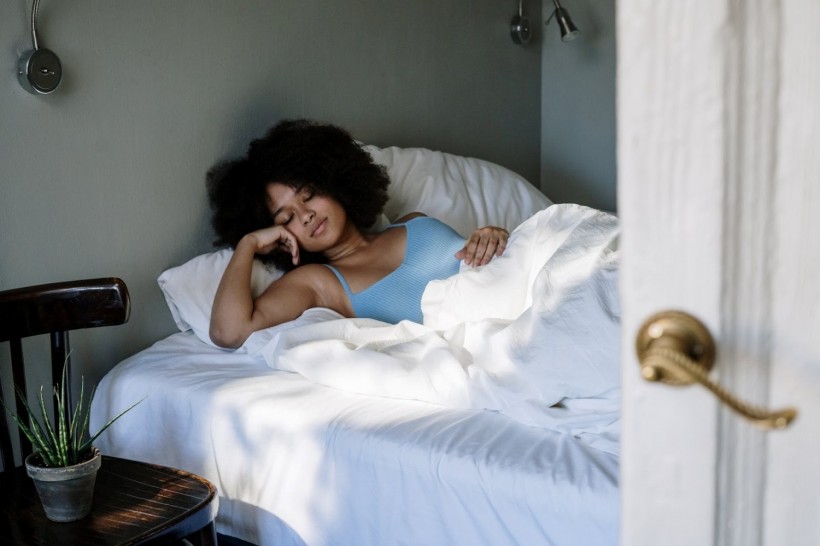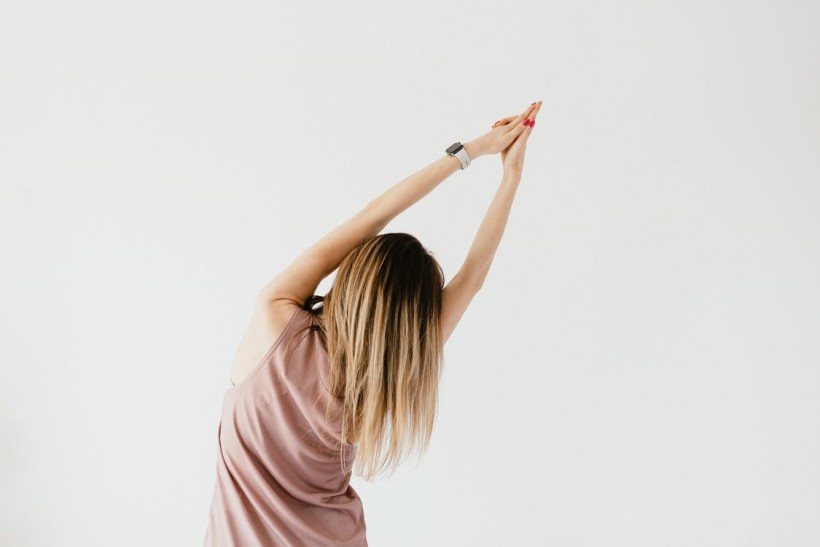Back pain often makes restful sleep seem unattainable.
After all, it can cause significant discomfort, turning slumber into a struggle.
The good news is there are several ways to relieve lower back pain. Today's guide will cover the most popular (and effective) of them.
Adding a Mattress Topper
A good mattress topper can significantly enhance one's comfort. Choosing a suitable model can help sleepers change how their mattresses feel, achieve improved support, and get the needed pressure alleviation to reduce pain levels.
Now, the best mattress topper for lower back pain has to deliver close conforming. Such models (typically foam and latex) adapt to the sleeper's shape and offer targeted support, redistributing the pressure. Naturally, less pressure often means less back pain. Readers can find the best mattress toppers for back pain here, plus some comprehensive info on how to choose one. Ideally, it should correspond with the current mattress. If it's too stiff for the sleeper and causes sharp pressure points, it's better to add a soft topper. And a firm, resilient topper might improve the situation if the mattress lacks support.
If readers need the best mattress topper but live in Canada and don't wish to spend a fortune on shipping, they can check Canadian ones here. Each of these mattress toppers has the potential to reduce tension build-up in the sleeper's body and alleviate lower back pain.
Changing the Sleeping Style

Often, lower back pain occurs due to an awkward position or poor sleeping posture. This may happen when the spine is not aligned correctly. It can lead to tension build-up in some areas (often lower back) and pain.
That's why changing one's sleep style can often be beneficial for lower back pain. Here are a few examples of great sleep positions for back pain:
- On one's back with a pillow under the knees. Back sleeping is believed to be the most beneficial sleeping style, as it offers optimal conditions for spinal alignment. And adding a pillow under the knees will reduce pressure from the lower back.
- Fetal position. This sleeping style allows for extra space between the spine vertebrae, reducing tension from the discs and potentially alleviating lower back pain.
- On one side with a pillow between the knees. Sleeping on one side can be beneficial for one's back health, but it's crucial to ensure proper spinal alignment. The mattress plays a significant role in this case (which this guide will explain later), but side sleepers also need to make sure their hips are aligned. That's what a pillow between the knees can achieve.
- Reclined. If readers have an adjustable bed frame, they should definitely take advantage of it. Sleeping in a reclined position is proven to reduce tension from the back. And as readers already know, lower pressure levels often mean alleviated pain.
A quick note: stomach sleeping is considered the least healthy position for back pain, as it often causes back strain. However, if sleepers cannot switch to a different style, they can place a thin pillow under the abdomen. It will provide additional support and prevent the belly from sinking in. Consequently, this can help keep the spine relatively straight and reduce tension from the lower back.
Upgrading to a New Mattress
Often, one's mattress can be the primary reason behind their lower back pain. Whether it's too old, too soft, lumpy, or overly stiff, a mattress can cause spinal misalignment, pressure accumulation, and back pain.
Now, getting a new mattress can be the most effective solution. However, readers need to make sure they pick the right firmness level. It will determine the level of support for the back. If it's right, the spine will experience zero tension, and the back will remain pain-free.
It's good to pick the mattress based on the sleeper's favorite position. For instance, side sleepers require enough cushioning for the protruding body parts, so they are recommended to choose softer mattresses. Back sleepers need a medium to medium-firm models, with sturdy support for the back and moderate cradling for the hips. As for stomach sleepers, this style calls for a firm mattress. It will prevent unwanted sinkage of the belly and unhealthy spinal curvatures during sleep.
Stretching Before Bed

Sometimes, tense back muscles put too much pressure on the lower section of the spine, causing stiffness and pain. That's when gentle stretching or light yoga before bed can bring pain alleviation.
One of the most effective stretches for the lower back is back flexion. Readers need to lie down on the back, pull the knees close to the chest, and gently bring the head forward. This pose may look like curling up into a ball, causing a stretch across the mid and low back. The head doesn't have to go too high. It's crucial to remain comfortable and not force oneself to get a deeper stretch if it feels painful.
Relaxing Before Sleep
Winding down before bed can help readers achieve a few things. First of all, it can help them get in the right state of mind to drift off faster despite back pain. Additionally, practicing relaxation techniques can help sleepers shift their focus from the pain. In other words, something relaxing can serve as a distraction.
It's also good to leave one's phone or tablet outside the bedroom. Good alternatives to watching TV or scrolling through social media would be reading, journaling, meditating, drawing or coloring, taking a long shower, etc.
Wrapping Up
Lower back pain shouldn't stand in the way of one's restful slumber. And luckily, there are several ways to achieve that. Some effective tools require extra expenses (like a new mattress or a topper), but there are also free methods that can be of help (like stretching or changing the sleeping style). Readers just need to experiment with a few and find what works the best.
* This is a contributed article and this content does not necessarily represent the views of techtimes.com








